The thing that I like doing the most in my profession nowadays is teaching.
→ Seeing those ah-ha moments happening.
→ Igniting people’s curiosity.
→ Helping the participants to look at things from a new perspective.
→ Inspiring people to try new approaches and explore new possibilities.
→ And learning myself, all the time: before the training – while preparing, during the training – reflecting on the thoughts and questions of the participants, and after the training – searching for answers to tricky questions I was not able to answer during the training.
All this became possible thanks to using Accelerated Brain-Friendly Learning principles and Training From The Back Of The Room methodology. When I first experienced myself such training as a participant, I was completely hooked. It was such a different learning experience.
Accelerated Learning Principles

❌ Probably, most of us have been at least once victims of 300-slides-presentation training, with an enormous amount of information dumped to us by enthusiastic trainers, who have lost us completely between their 30th and 50th slide, but who are still willing to share everything they know on the subject with us. Or think of some lectures in universities when time just stops and all you wish for is just to get out.
Luckily, there are fewer and fewer such learning experiences in the training field.
During the best trainings, based on Accelerated Learning Principles (introduced by Dave Meier), the participants, not a trainer, play the most active role in their learning and are so engaged from the beginning to the end that sometimes they have difficulties stopping.
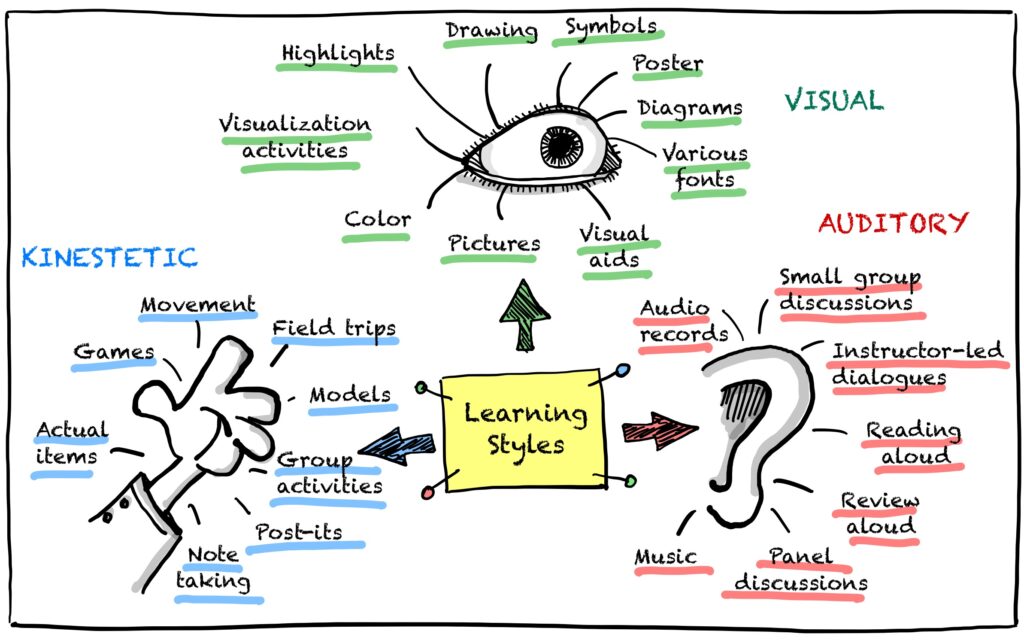
Disclaimer: The famous Learning Styles theory was debunked due to the lack of empirical evidence that individuals have unique ways of learning and processing information, which can be classified into different styles.
I do respect these scientific results and I still know very well, that I learn much better when there are enough stimulations for my eyes and hands, and I tend to not concentrate well on what people are talking about without visual aids.
🆘 I remember once participating in an online training named “Conducting Engaging Online Trainings” where the trainer declared the debunking of the Learning Styles theory right away at the beginning of the training and then was talking and talking for hours about how to create engaging online learning experience 👀, with a very limited number of visuals and activities, which for me, a debunked visual learner, turned to be a torture. This was the most disengaging training ever (ok, maybe some of the SAFe trainings, I participated in, could beat this one 😉). Still, I learned a lot – how not to design trainings.
My takeaway from this is that even if the Learning Styles theory has been debunked, it still might be a useful tool to remind us that we should include a variety of different activities in our trainings, in order to create an interesting and engaging learning experience. We learn much better if things are interesting for us, and a variety of materials and activities helps to fight boredom.
For me, this is also a reminder that other people can learn differently from me. For example, one of the participants told me that in order to really understand something, they need to read it aloud – while my brain totally switches off when I do this myself. And I can’t learn a single foreign word without seeing how it is written or, even better, if I write it myself – and it is always astonishing for me when adult people are able to learn foreign languages without using textbooks, just orally.
So, for myself, I mentally renamed Learned Styles theory to Learning Channels and continued secretly using it in my trainings 😉

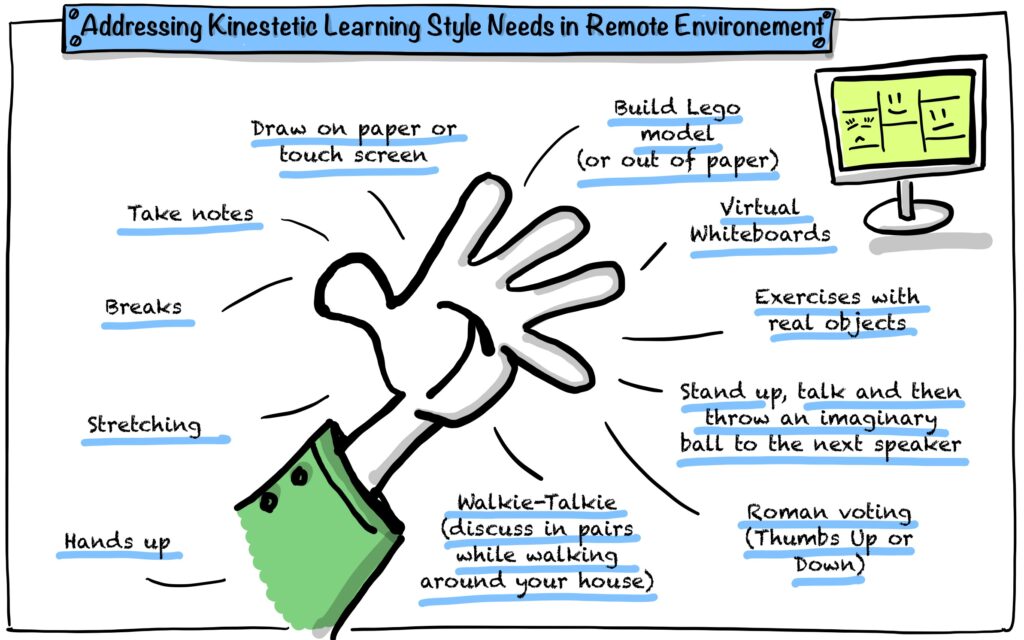
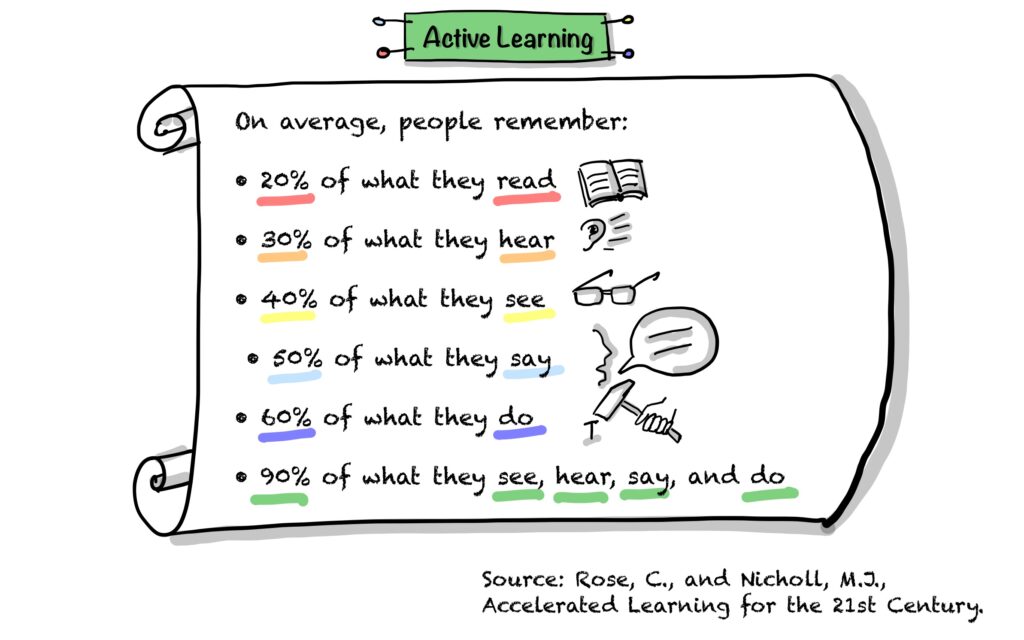
Training from the BACK of the Room
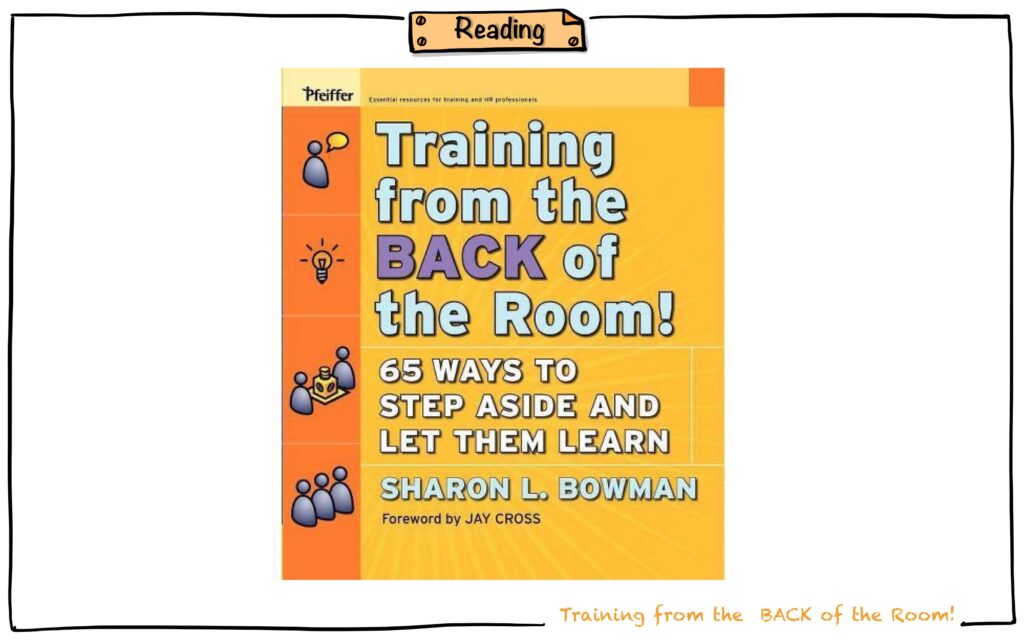
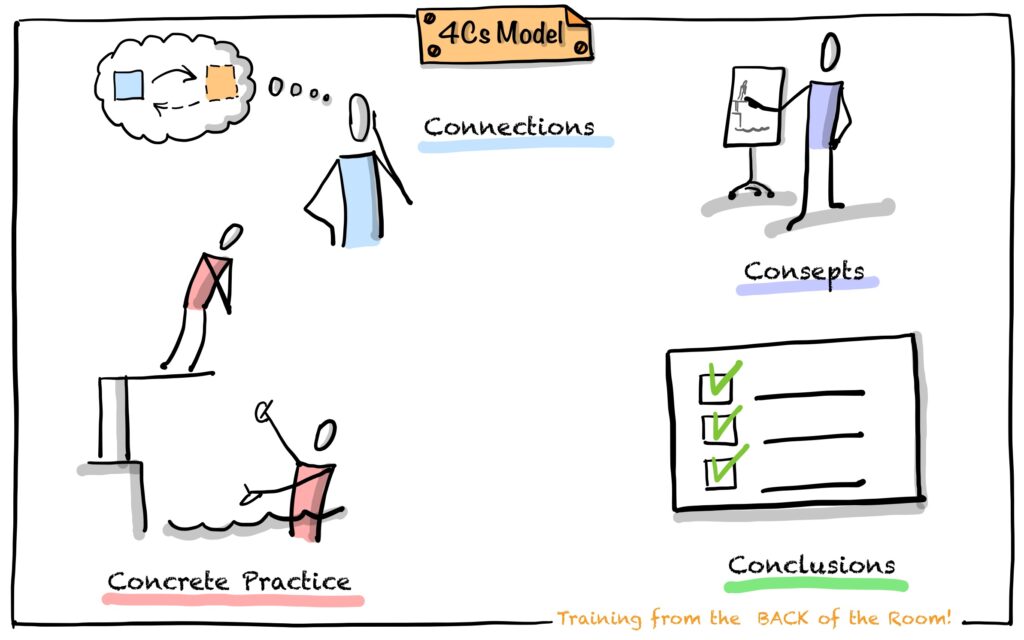
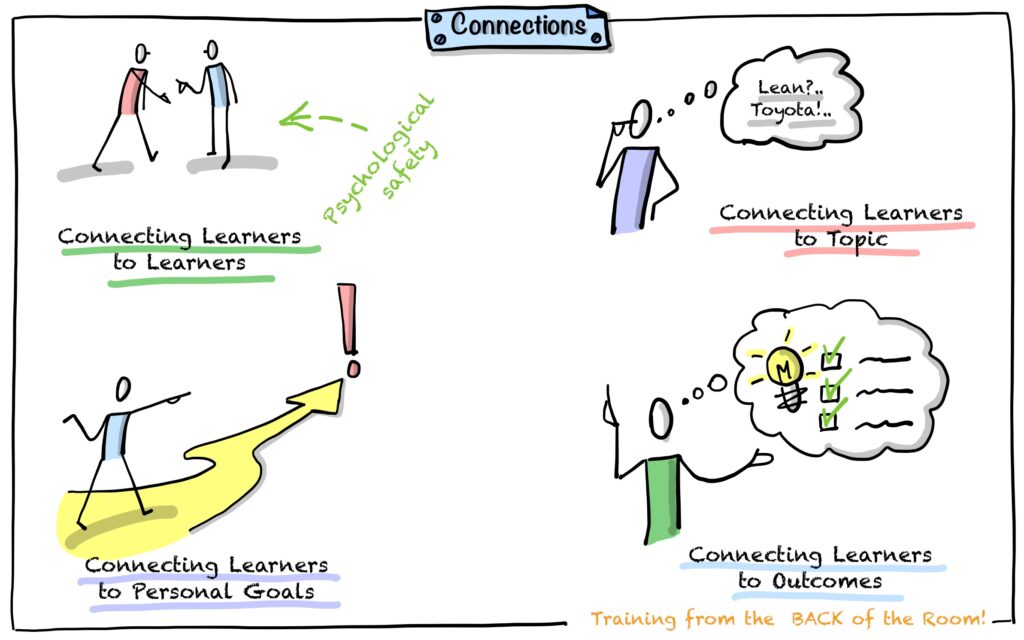
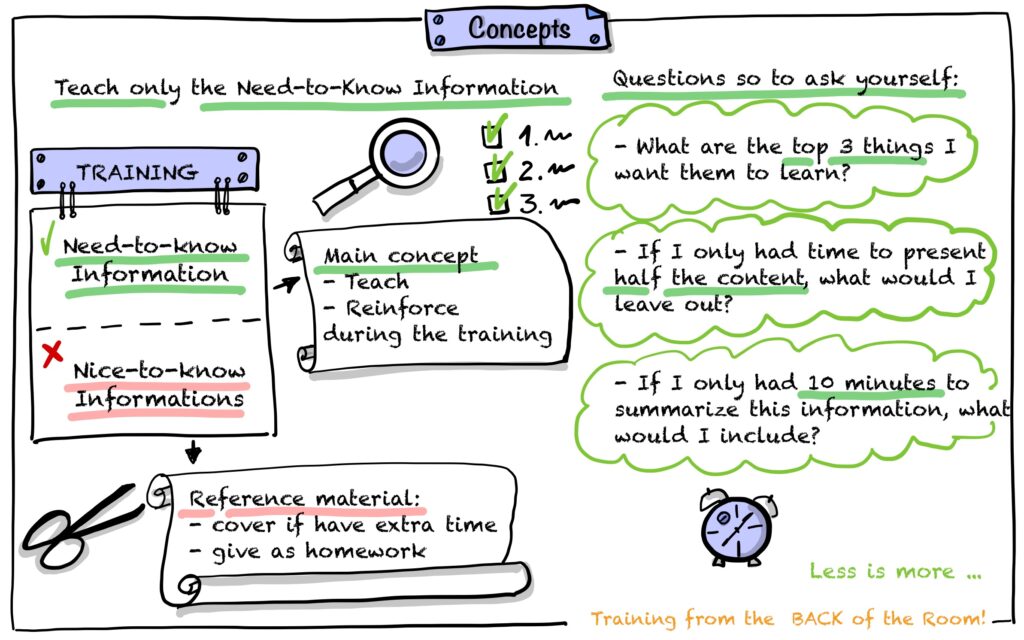
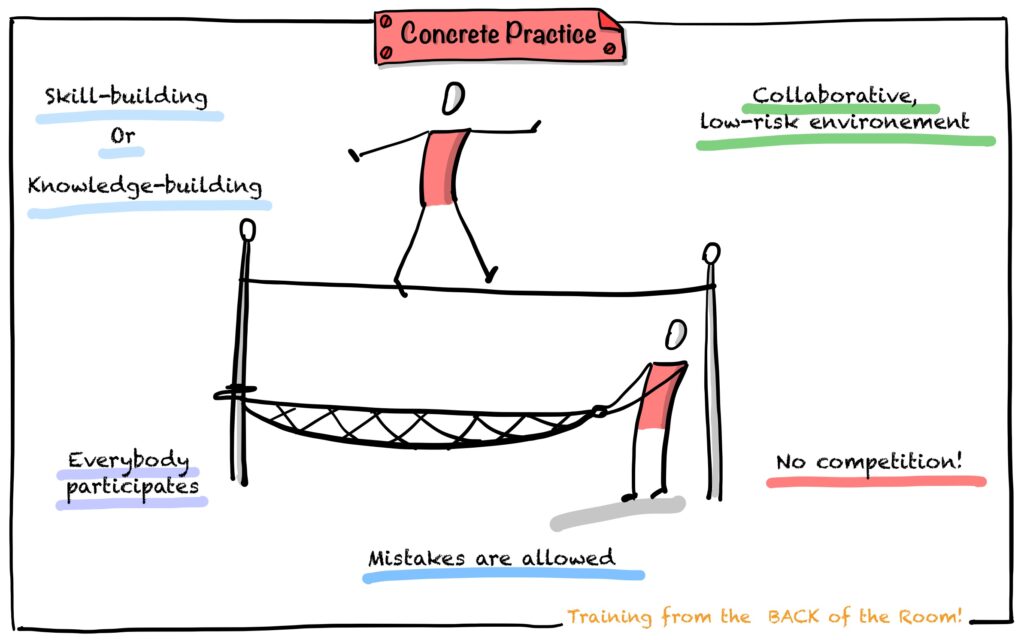
We learn how to swim by swimming, how to drive a car by driving a car, how to program by writing a real code, not by reading about how to swim, or how to drive a car, or how to program.
Of course, our trainings should have a good mixture of both theory and practice, we can not avoid teaching completely.
However, many trainings are heavily concentrated on just giving theory, with very little practice or even without it. Because of this, they should be called lectures rather than trainings. But probably a 16-hour, 2-day lecture sounds somewhat scary, so it is safer to name it a training.
Surprisingly it happens that the expectations of some learners are close to this also – they are coming not ready to work themselves during the training – “it is your job to teach us, don’t make us do anything ourselves“. While it seems to be easier to stay passive during the training, the price for it, in addition to the obvious one – not getting the real learning results, is also extreme boredom. It is actually quite painful to spend time on the passive end of such a process of transferring knowledge, especially for a long time.
Concrete practice may be of different types:
→ Skill-building – when we are practicing the real skill (e.g., Driving a car)
→ Knowledge-building – when we are working on building our knowledge (e.g., Practice on driving theory exam questions)
As trainers, we should spend a share amount of our efforts when preparing our trainings to plan a variety of Concrete Practice activities of different types to ensure reinforcing the knowledge and skill building by the learnings during our trainings. And it is also fun, both for us trainers and the participants.
Here are the Concrete Practice activities that I find to be the most useful for this.
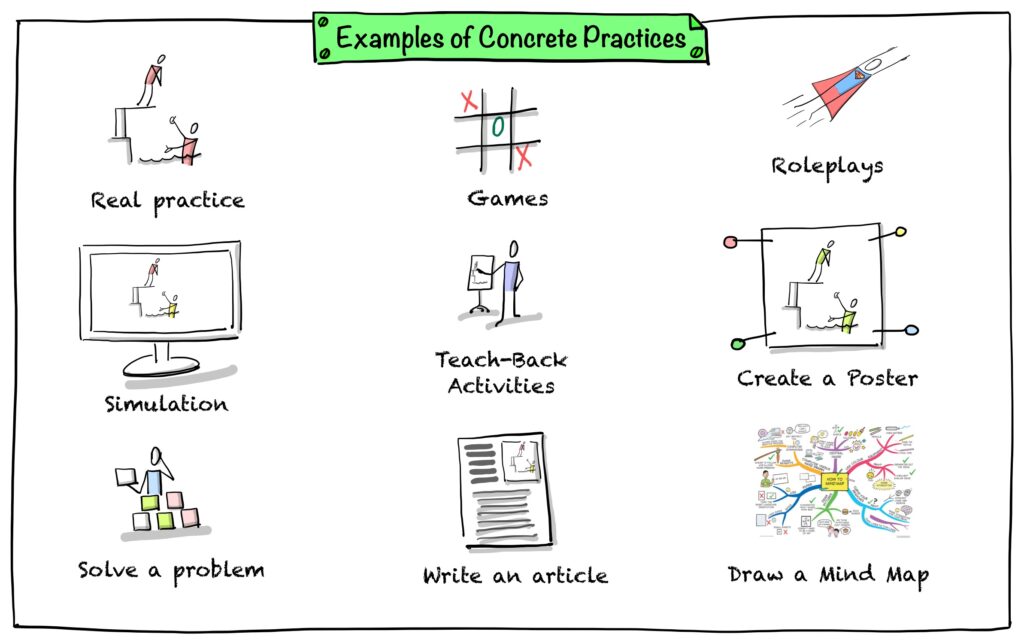
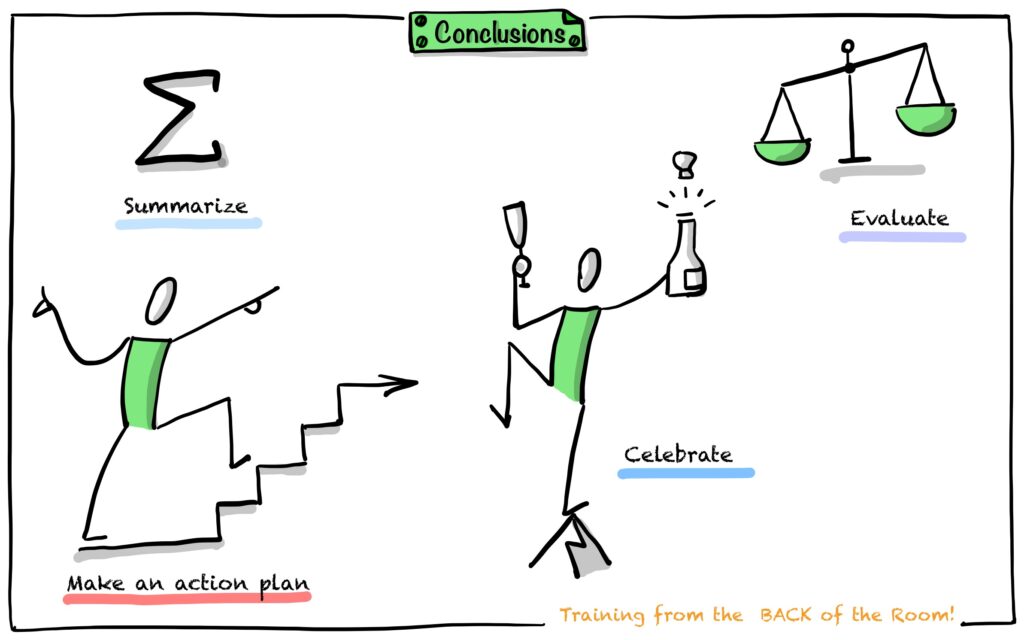
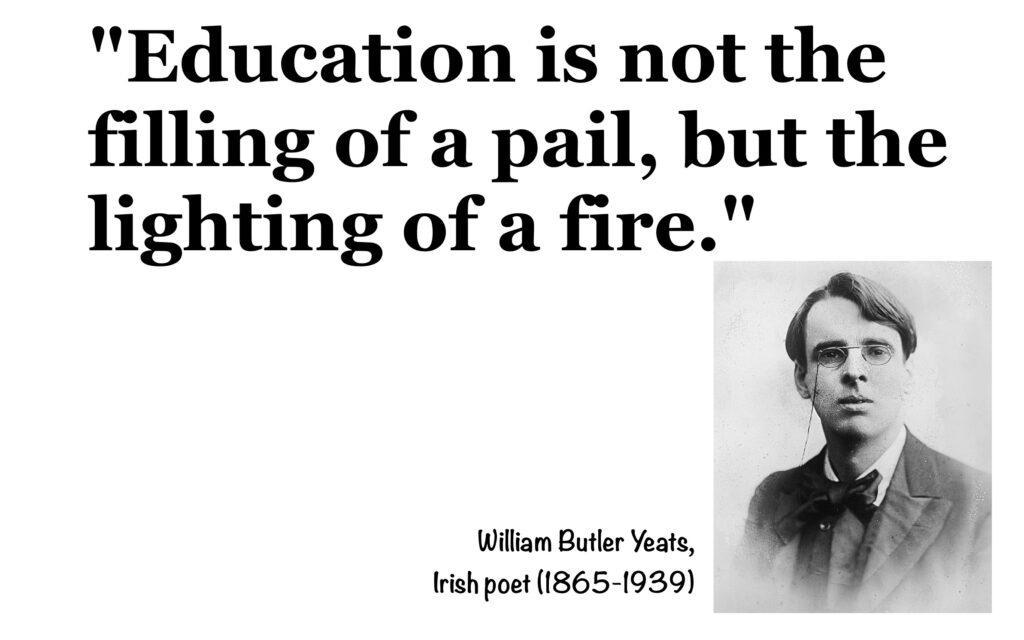
You can also download a PDF file with all the pictures
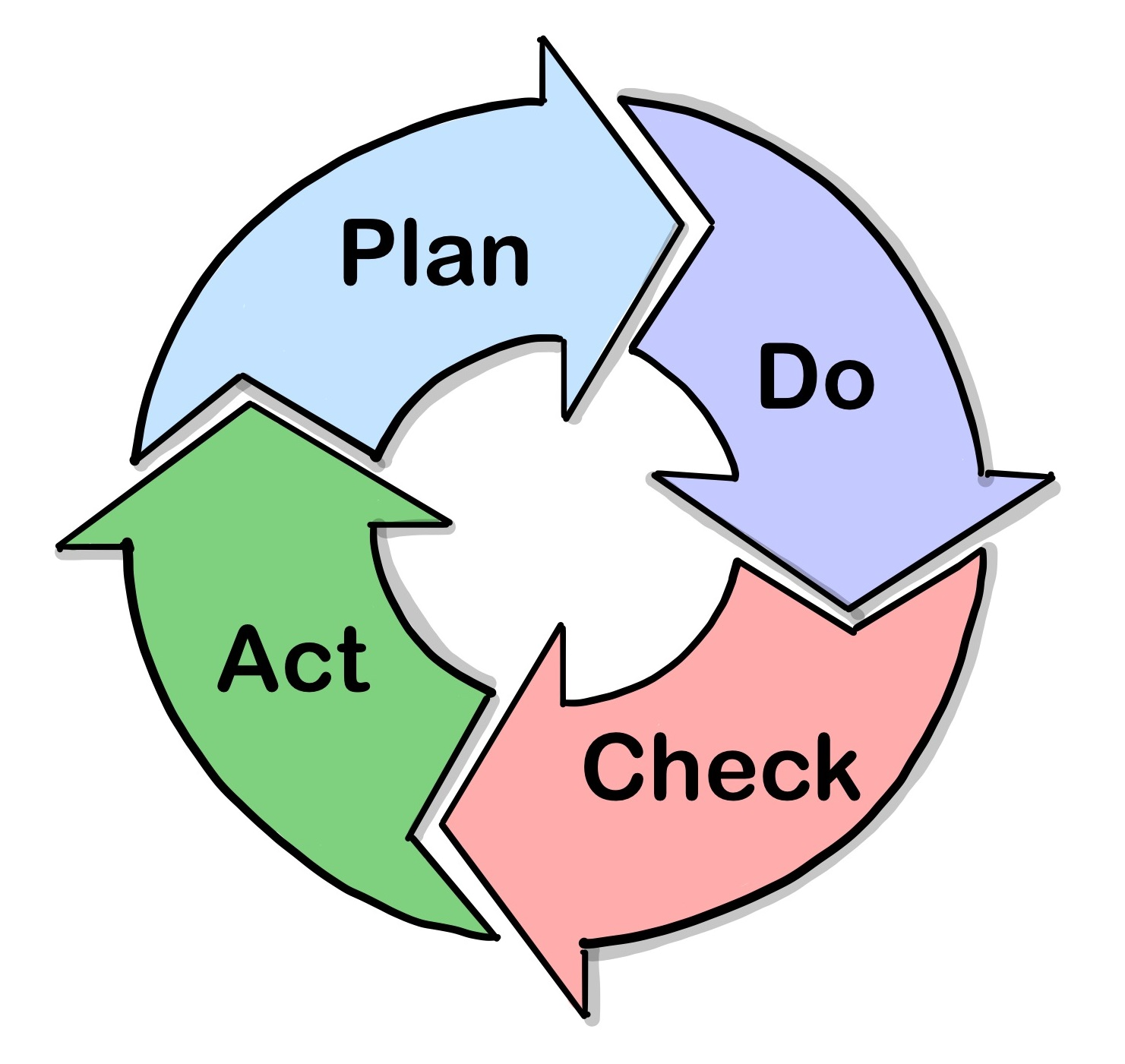
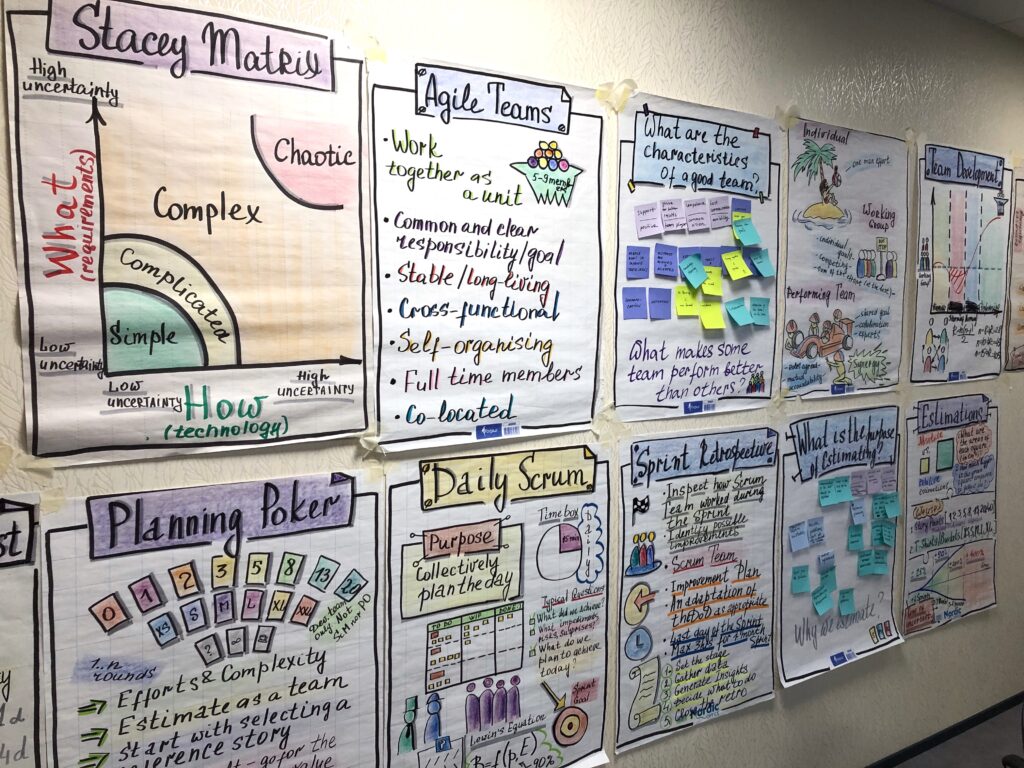
Leave a Reply